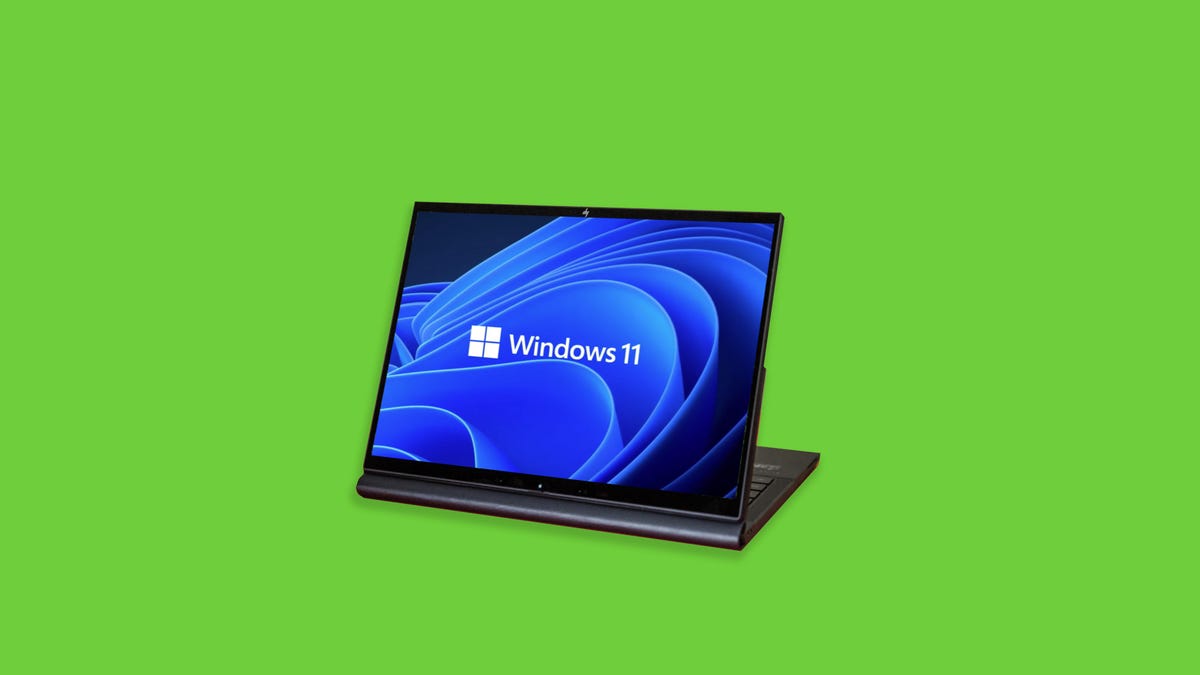Windows 11 Updates Getting In the Way? Take Control With These Tips
It's vital for your security to keep Windows 11 up to date, but unexpected updates can be a pain. Here's how to manage Windows 11 updates on your terms.

There are a few different ways you can manage your Windows 11 updates.
Keeping your operating system up to date is one of the most important things you can do to ensure your devices -- and your data -- remain secure. Thankfully, you don't have to keep track of each and every update yourself because Windows 11 is set to automatically download and install updates by default. However, those automatic updates can sometimes come at inopportune moments, and sometimes you may want to hold off if the update doesn't include a patch for a security vulnerability.
Why restrict automatic updates in Windows 11?
Most updates shouldn't negatively affect your device, but some may be buggy, causing problems with a certain app or function you use regularly. In cases like this, it can be better to wait for a fix to any issues a particular update may have caused. In addition, restarts and update installations can sometimes take hours, depending on your connection speed and the size of the update.
If you want to have more control over your Windows 11 updates, there are things you can do like pause updates for a set amount of time, restrict automatic updates from completing at certain times of the day, check for updates manually or disable automatic updates entirely.
It's worth reiterating that updates with important security patches should be applied immediately to protect your device. But if you want more control over nonessential updates, here's how to manage automatic updates for Windows 11.
How to pause automatic updates in Windows 11
You can pause automatic updates from happening for a set amount of time -- anywhere from one to five weeks.
1. Go to Settings.
2. Click on Windows Update.
3. Under More options, click the Pause updates dropdown to select the amount of time you'd like to pause your automatic updates.
If you want to resume automatic updates at any time prior to the end of your selected time period, you can click the Resume updates button in the same Windows Update menu.
Note that you can't pause updates indefinitely: Once the pause time has lapsed, you'll need to install the latest updates before you can use the pause feature again.
How to disable Windows 11 automatic updates
If you'd rather disable automatic updates for an indefinite period of time, you can do so through Windows Services if you don't mind getting a little technical.
1. Launch the Run window by hitting the Windows button + R.
2. Type services.msc into the text field and click OK.
3. In the Services menu, click on Windows Update.
4. In the General tab, select Disabled from the Startup type dropdown menu.
5. Click the Apply button.
To turn automatic updates back on, go through the same steps above and select Automatic from the Startup type dropdown menu.
Even if you've disabled automatic updates using Windows Services, you can still manually download and install updates.
How to manually download and install Windows 11 updates
If you've disabled automatic updates on your Windows 11 PC, you'll need to manually install the updates as they become available.
1. Go to Settings.
2. Click on Windows Update.
3. Click on Check for updates.
If an update is available, you'll get a notice letting you know that the update is available to download. Click on either Download now or Download & install to run the update.
Advanced options for managing Windows 11 updates
Some updates require a system restart, which can be inconvenient if it happens in the middle of your workday. Thankfully, you can enable restrictions on when your machine can restart and complete an automatic update.
1. Go to Settings.
2. Click on Windows Update.
3. Click on Advanced options.
4. Click on Active hours and set the time frame when you don't want Windows to restart your PC.
You can also choose the Get me up to date option to restart as soon as possible, even during your active hours. This option is good for when a critical update is available and the timing is convenient for you. With this option enabled, you'll still get a notification 15 minutes before the restart.
For more tips, check out these nine hidden Windows 11 features, how to shut down and restart in Windows 11 and Windows 11 features to help boost your productivity.

